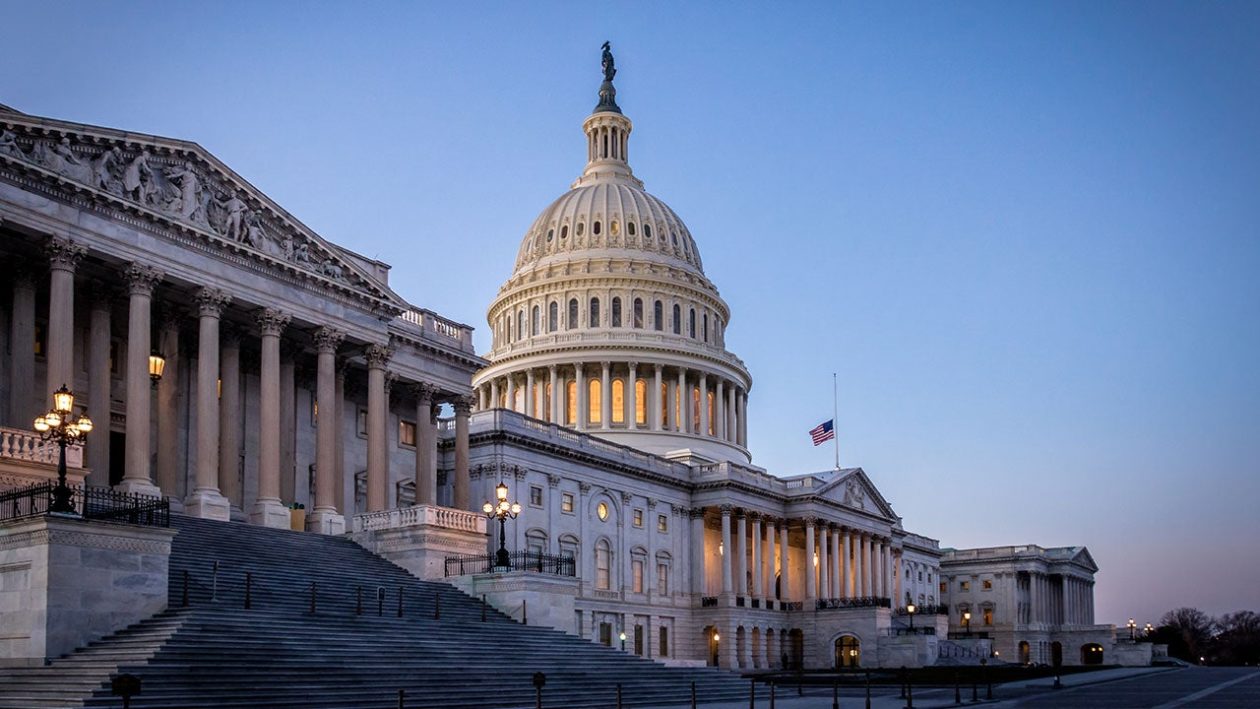
On December 20, 2019, President Trump signed the Setting Every Community Up For Retirement Act (“SECURE Act”) effective January 1, 2020. The SECURE Act dramatically changes the administration of individual retirement accounts and most other qualified retirement plans during your lifetime and after death.
As many of you might know, prior to the SECURE Act, the Internal Revenue Code required you to begin taking required minimum distributions (“RMDs”) from a traditional IRA no later than April 1st in the year after you turned 70 ½. The SECURE Act, postponed distributions until you reach 72. This is an acknowledgement by Congress that people are living longer, and retirement assets need to be preserved for a longer period.
The SECURE Act also provides for sweeping changes to the “stretch rules” that govern the methodology in which an IRA is to be distributed to beneficiaries after your death.
Prior to the SECURE Act, special rues applied to spouses and those rules still apply. As to beneficiaries other than spouses, such as a child, the stretch rules generally required RMDs to be distributed over the beneficiary’s lifetime. This would result in significant tax deferral to the child. Moreover, the same benefits applied to future generations thereby deferring taxes for multiple generations.
Now, the stretch rules no longer apply. All IRA’s, with certain exceptions, must be distributed post-mortem no later than the 10th year following your death. The IRA does not need to be distributed ratably over 10 years, it just all needs to be distributed prior to the end of the 10th year. This new 10-year rule is a tremendous revenue generator for the government.
There are certain exceptions to the 10-year rule. The SECURE Act as defines these exempt beneficiaries as “eligible designated beneficiaries”. They include:
- a surviving spouse;
- a child who has not reached the age of majority, however, once the child reaches the age of majority, the new rules apply. The age of majority in New York is (18);
- a disabled beneficiary;
- a chronically ill beneficiary;
- individuals who are not more than 10 years younger than the decedent.
The changes implemented by the SECURE ACT necessitate changes to an estate plan where IRAs are being left to a trust. This is common in situations where there are minor children. Under prior law, for the stretch rules to apply, the trust often mandated that the trustee must withdraw the RMD from the IRA and then distribute the RMD to the trust beneficiary each year. This was commonly referred to as a “see-through” or “conduit trust”. Since RMDS no longer exist, or in the case of a minor child, only apply until the child turns 18, the verbiage of these trusts needs to change. First, they must be changed to apply the old rules until the child turns 18. Second, the language requiring the distributions of RMDs to the beneficiary needs to be removed otherwise the consequence is that you will end up with one large RMD distribution to the child in year 10, creating terrible tax consequences.
The SECURE Act presents planning opportunities for those who have not reach 72. For instance, you may consider converting some or all your IRAs to ROTH IRAs. Sure, you have to pay income taxes on the conversion, but the plan here would be to stretch those taxes over a period that you determine By way of example, assume you are 60 years of age and you choose to convert a ROTH IRA. You might convert it ratably over 20 years thereby spreading the tax consequences and possibly keeping you from reaching higher tax brackets.
There are also planning opportunities for beneficiaries of decedents who died in 2019 leaving an IRA to a surviving spouse. If the surviving spouse, who is not subject to the 10-year rule, effectuates a spousal rollover, the 10-year rule will apply to the children when the surviving spouse dies, We are currently implementing a planning technique where the surviving spouse considers disclaiming the IRA. By disclaiming the IRA, the IRA will pass to the contingent beneficiaries, who are normally the children, allowing the “stretch rules’ to continue to apply to the children since the decedent died in 2019, prior to the effective date of the SECURE Act.
There are many more changes implemented by the SECURE Act. Please contact me at 914-245-2440 or by e-mail at smd@mfd-law.com if you would like to discuss the SECURE Act and its applicability to you.



